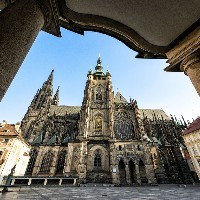Breadcrumbs navigation
Prague Classics
Prague never gets boring – and now you have a unique opportunity to see the its most beautiful sights without the ubiquitous crowds. Enjoy the atmosphere of Prague from the time before it became a vibrant tourist mecca.
The largest castle complex not only in our country but also in the world is an indelible part of the Prague skyline. Stroll through the castle courtyards, see the Old Royal Palace, visit the Cathedral of St. Vitus, Wenceslas and Adalbert and the Basilica of St. George, as well as the picturesque Golden Lane. We also recommend a walk through the Royal Garden, where in addition to many charming nooks and crannies, you will also come across Renaissance gems - the Queen’s Ballroom and Queen Anne’s Summer Palace, also known as the Belvedere.
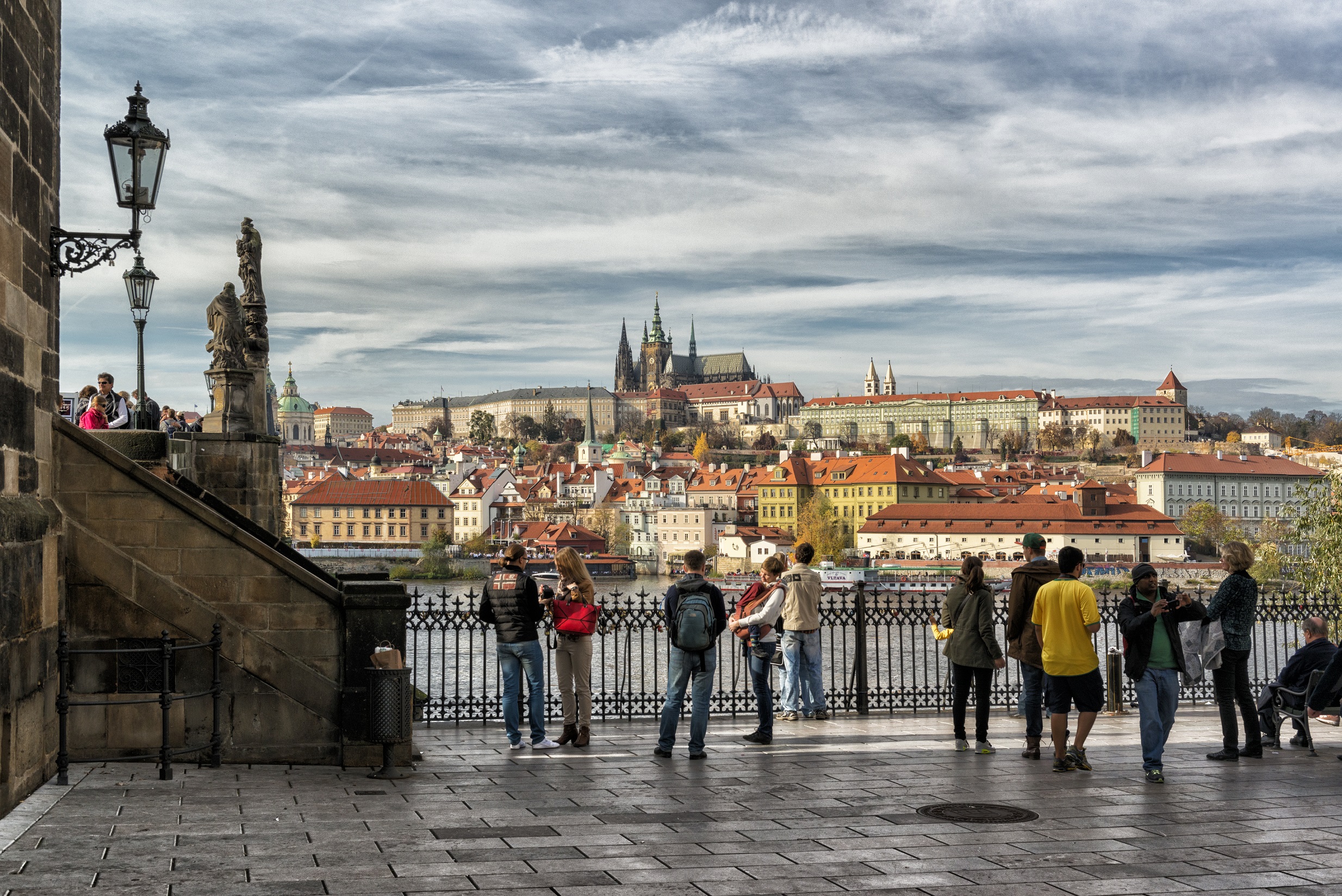
Old Town Square and Týn Church
Another iconic spot - literally the heart of the historic city - is Old Town Square, dominated not only by the town hall tower, but also those of Týn Church. This year, after more than a hundred years, the Baroque Marian Column returned to the square, the shadow of which was used in the past to determine when it was noon in Prague.
Old Town Hall with the Astronomical Clock
Another of the symbols of Prague is one of the most popular sights in the city, primarily because of its unique astronomical clock. In addition to a tour of the beautifully decorated historic halls and chapel, you can also explore the medieval underground corridors, where you will learn many interesting facts about the city’s history. End your tour of the town hall with a climb up the tower, from which you’ll have a breathtaking panoramic view of the entire city. The entrance to the tower is barrier-free.

The oldest Premonstratensian monastery in the Czech lands lies within sight of Prague Castle. Its main attraction is the rare Strahov Library, which houses a collection of medieval manuscripts, maps and globes, but don’t miss the Baroque Theological Hall or the Classicist Philosophical Hall decorated with frescoes. The Strahov Picture Gallery houses one of the most important Central European collections of Gothic painting, Rudolfinian art, and Baroque and Rococo painting. On the monastery grounds, you will also find a brewery, where you can taste local beer named after the founder and patron saint Norbert, whose remains are interred in the monastery.
The second oldest stone bridge in our country needs no long introduction. It is rightly considered one of Prague’s iconic structures and is shrouded in many legends. To enjoy a bird's eye view of the bridge, visit one of the bridge towers that were once part of the medieval city fortifications.
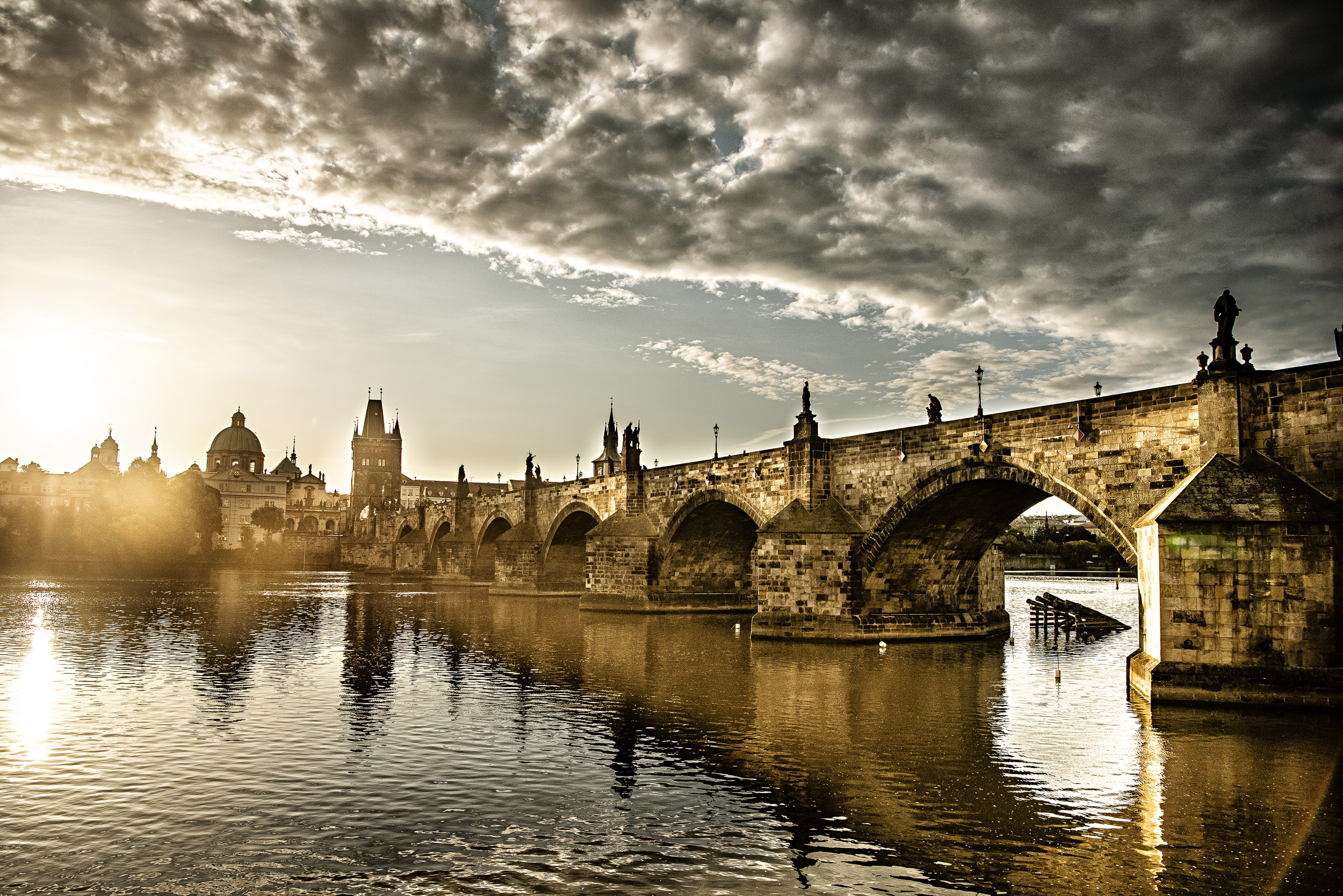
Kampa - one of the most charming urban islands in the world - lies between the main course of the Vltava and its man-made arm Čertovka. It’s one of the city’s most sought-after places and is rightly considered one of the most romantic corners of Prague, simply created for relaxation. The romantic atmosphere is complemented by the current exhibition of Art Nouveau posters by Alfons Mucha at the Kampa Museum.
One of the most beautiful and most admired Art Nouveau buildings in Prague features decorations by leading artists of their time, including Mikoláš Aleš, Alfons Mucha, and Max Švabinský. The beautifully decorated halls host a plethora of concerts and other cultural events every year.
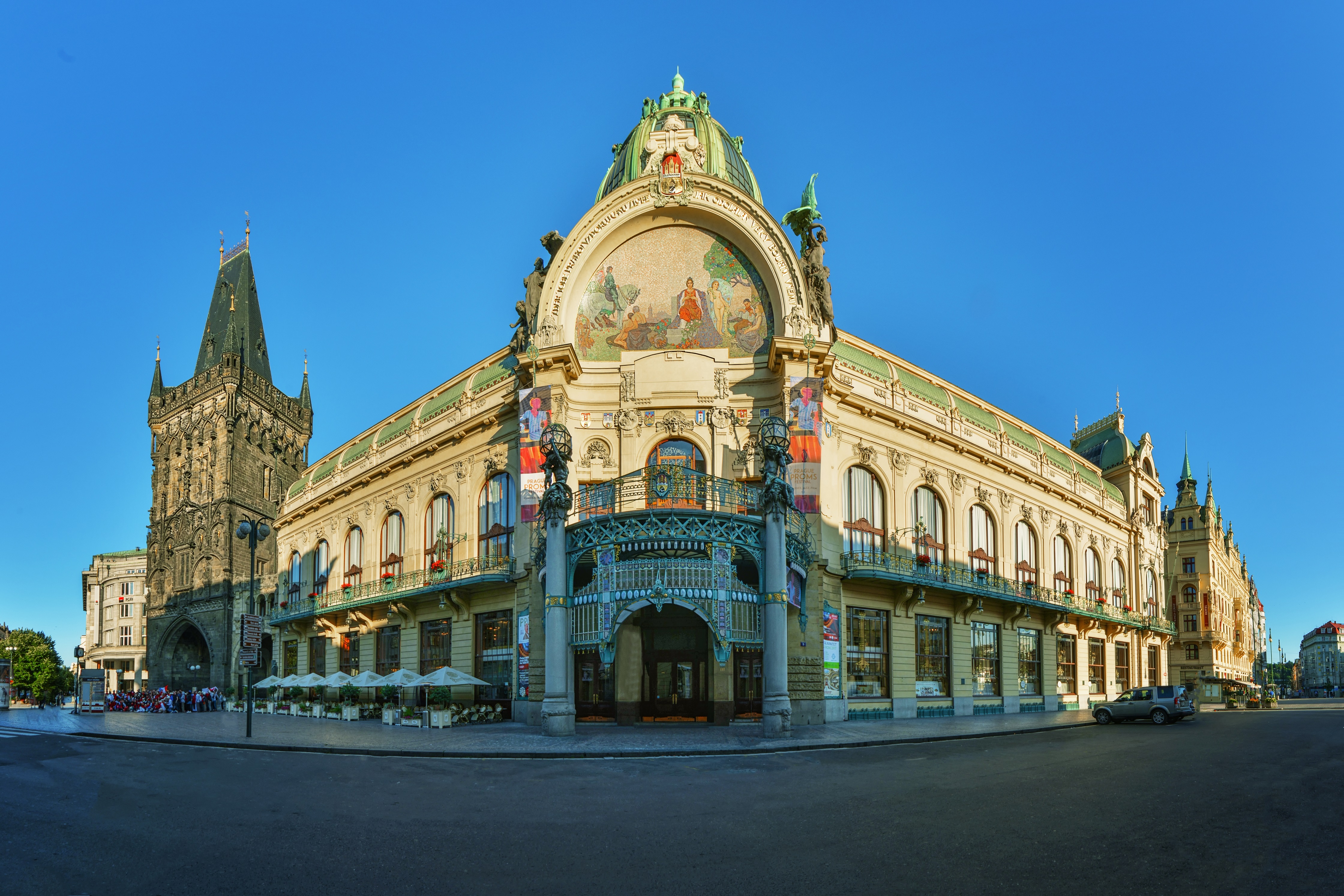
Church of St. Nicholas in the Lesser Town
The most famous Baroque church in Prague is one of the most important Baroque buildings north of the Alps. The dome is an admirable 20 m in diameter and the internal height to the top of the lantern is over 49 m, making it the highest interior in Prague. Its decoration is also an excellent example of High Baroque style.
This wide boulevard is the bustling commercial center of the city and a place where history was truly written. Its dominant feature is the massive building of the National Museum at its upper end, which recently underwent a complete renovation and is definitely worth a visit. At the top of the square, you’ll find the iconic statue of St. Wenceslas, the patron saint of the Czech lands, by Václav Myslbek. Traffic on the square is limited this year due to ongoing reconstruction.
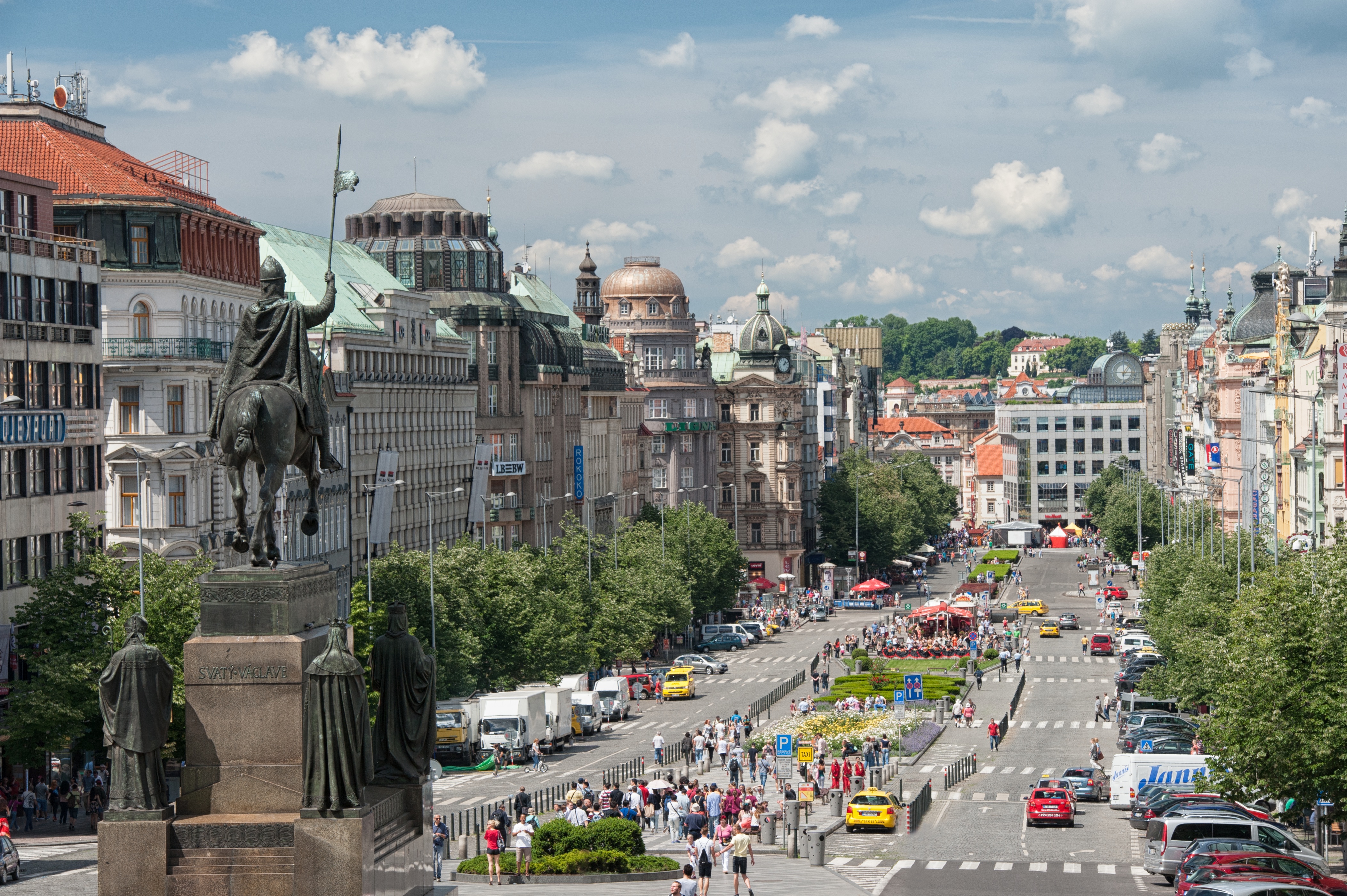
A legend on Prague's cultural scene, the multifunctional Lucerna Palace is still a popular destination for both Praguers and visitors to the city. In addition to a cinema, there is also the popular music club Lucerna Music Bar, a ballroom, a stylish Art Nouveau café, a gallery, as well as a number of shops and restaurants. The terraced roof of the palace has also recently been revived, transformed into a seasonal social and cultural center and a pleasant garden with unusual views of Prague. The arcade of the palace is dominated by a highly atypical equestrian statue by David Černý, a controversial adaptation of the statue of St. Wenceslas on Wenceslas Square.
Josefov - The Jewish Museum in Prague
One of the oldest Jewish museums in the world manages a set of ethno-confessional monuments in the former Jewish quarter in the city's Old Town. The individual exhibitions are located in several preserved synagogues, the ceremonial hall, and the Old Jewish Cemetery.
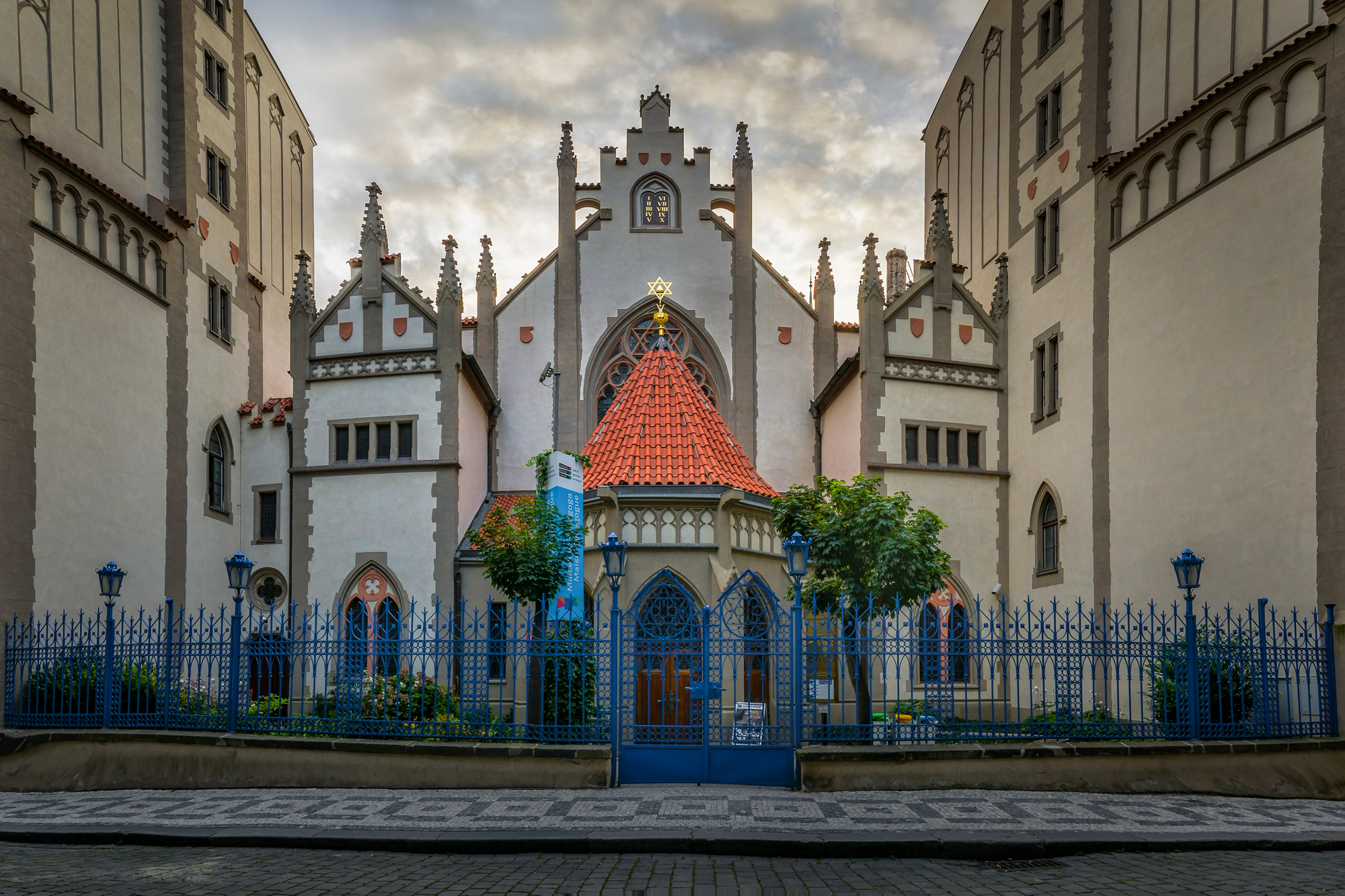
The first royal residence and the seat of the Vyšehrad Chapter, surrounded by legends, are located on a stone promontory above the Vltava River. The original medieval fort was later rebuilt into a Baroque citadel, which includes a number of important monuments, such as the Basilica of St. Peter and Paul, Vyšehrad Cemetery with Slavín, where many important personalities of Czech culture are buried, the rotunda of St. Martin, and the casemates. From the Vyšehrad walls, you can take in unique views of Prague. You’ll also find one of Prague's vineyards here.
The monumental National Theatre building, situated on the banks of the Vltava River, is a symbol of Czech culture. The magnificent exterior and interior decoration, including the rich gilding, consists of top works by Czech artists of the 19th century - Aleš, Ženíšek, Hynais, Myslbek, and others. The historic building contrasts sharply with the Brutalist New Stage building next door, where you can watch a performance of the legendary Laterna Magika. The piazzetta between the two buildings was recently renamed after the first Czech President, Václav Havel.

The beautiful Neoclassicist theater has been preserved to this day in nearly original condition. Wolfgang Amadeus Mozart and his genius are inextricably linked to the history of theater - in particular the world premiere of the opera Don Giovanni, which is still a mainstay of the theater's repertoire. The Estates Theater is one of the stages of the National Theater.
photo: Prague City Tourism
